Dog Teeth Canines And Incisors
Lucas white of sunset veterinary clinic says the incisors are the first to fall out at around 4 months of age followed by the canine teeth usually at.

Dog teeth canines and incisors. Incisors are the front teeththese teeth are the smallest and serve several functions like nipping and biting scraping meat off a bone and groomingmost adult dogs have 12 incisors six on the top and six on the bottom. They are also used to lock on to an item a dog may have in its mouth such as a bone or chew toy. There are two types of malocclusion. Skeletal malocclusion results when an abnormal jaw length creates a malalignment of the teeth.
While puppies have 28 teeth the adult dog has 42 the number may vary in some breeds. Dogs have four types of teeth. The teeth most commonly affected are the incisors and canine teeththe incisors are the small teeth in the front of the mouth and the canines are the fang teeth. Next to the incisors are the long pointed teeth known as the canines.
Your four canine teeth sit next to the incisors. Those dog teeth will now consist not only of canines and incisors but there will also be quite a few molars. In addition some dogs may be missing. Canines are the long and pointed teeth found towards the front of your dogs mouth behind its incisors.
How teeth are worn down teeth wear down by rubbing on each other a malocclusion or bad bite by the pet chewing on their fur and skin as in the case of itchy allergies or by the pet chewing on items pet toys bones. A dental malocclusion occurs when the upper and lower jaw lengths are considered normal but there may be one or more teeth that are out of normal alignment. Dogs use these teeth for shredding and tearing meat. Depending on the dogs size and breed dr.
Again just like in humans these are the only set of adult dog teeth your canine will get so it is important to take very good care of them. You have two canines on the top of your mouth and two on the bottom. Canines have a sharp pointy surface for tearing food. Dogs grow four canine teeth two on both the bottom and upper jaw.
The first baby canines. As a adjective canine is of or pertaining to a dog or dogs. 6 incisors 2 canines 2 3 molars 3 molars on each side. Incisors canines premolars and molars.
If a retained tooth causes the permanent tooth to erupt in an abnormal position or causes other types of problems it should be extracted. These teeth are used for tearing food such as meat apart. Dogs have 28 deciduous milk teeth. As nouns the difference between incisor and canine is that incisor is one of the front teeth of mammals between the canines while canine is any member of caninae the only living subfamily of canidae.

Puppy Dental Malocclusion Deciduous Mandibular Canine And Incisor Teeth Extraction And Permanent Canine Teeth Crown Extensions The Australian Veterinarian Magazine


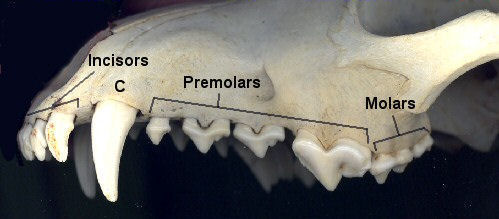


.jpg)
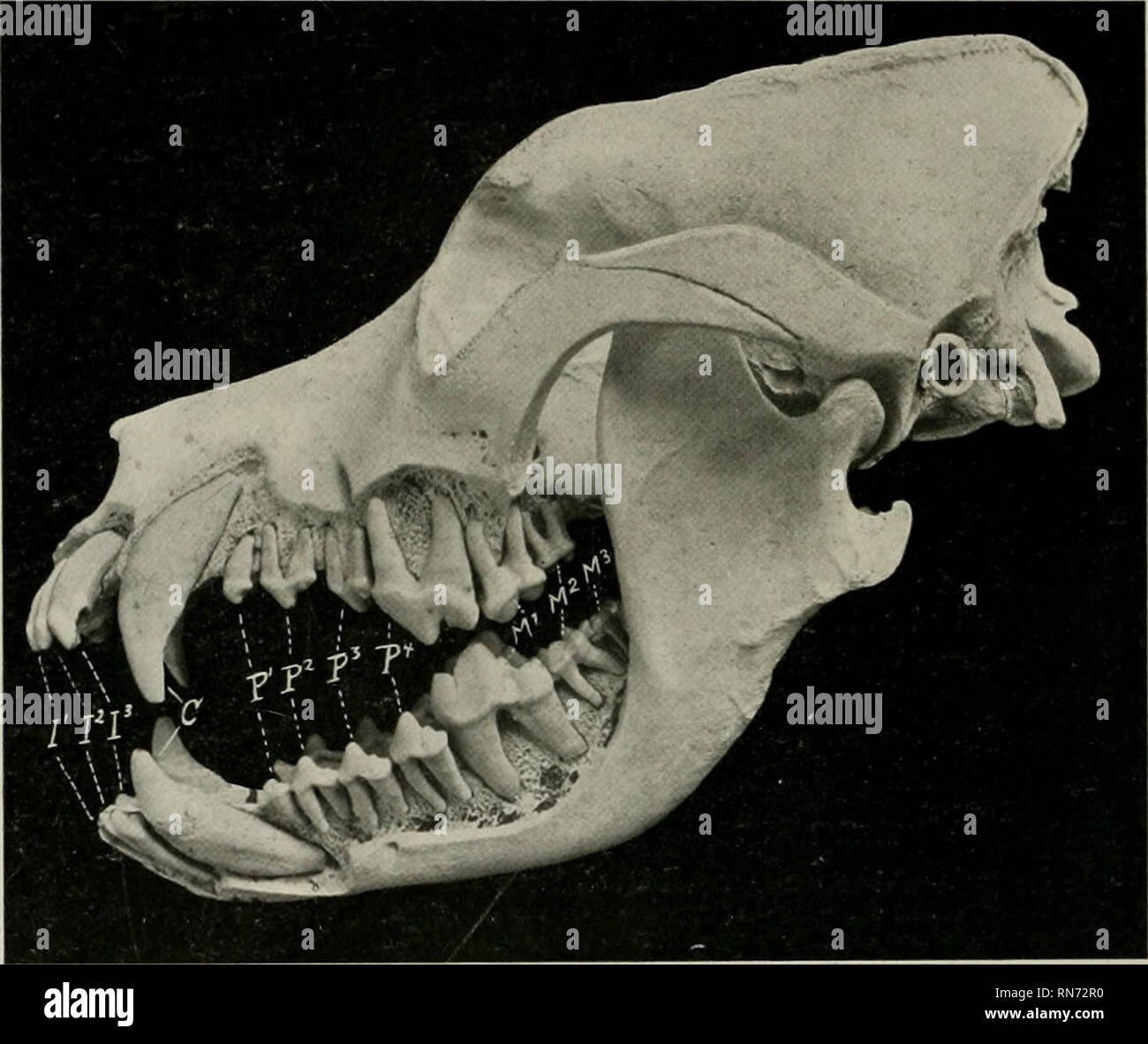


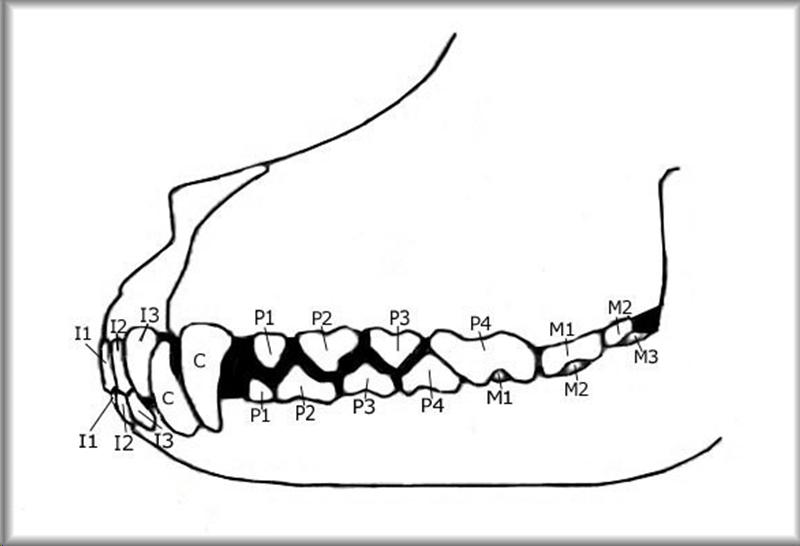
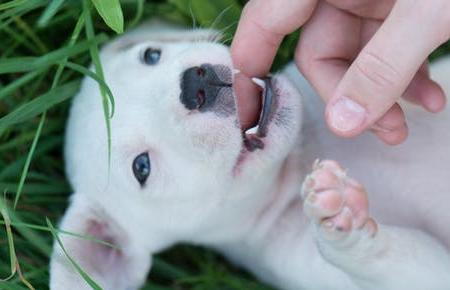

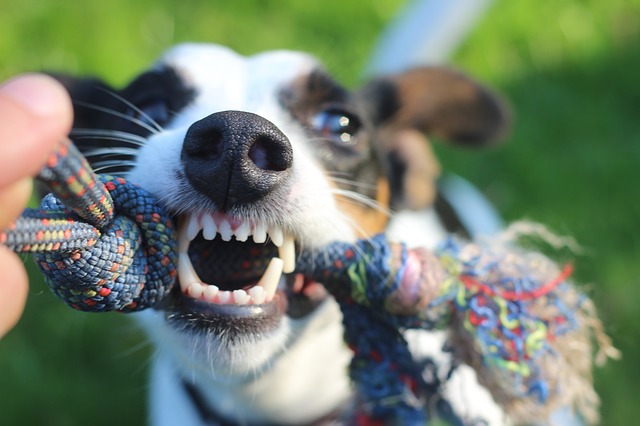
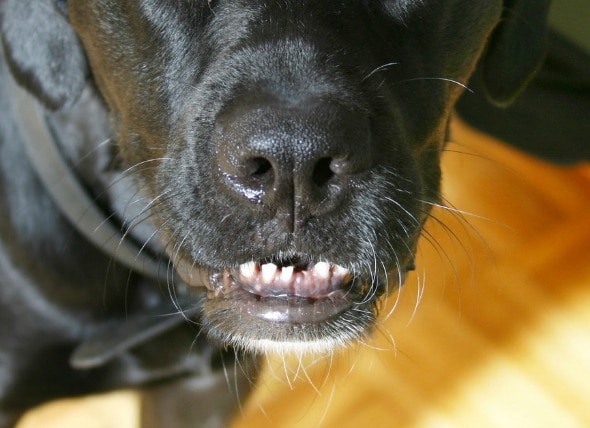


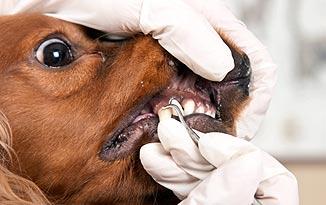
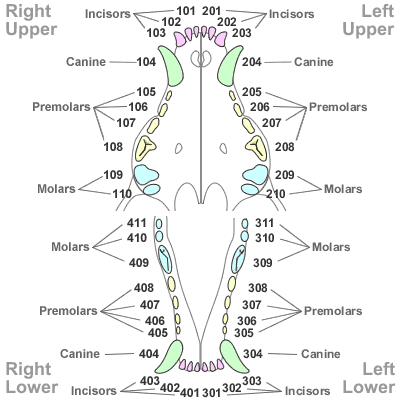


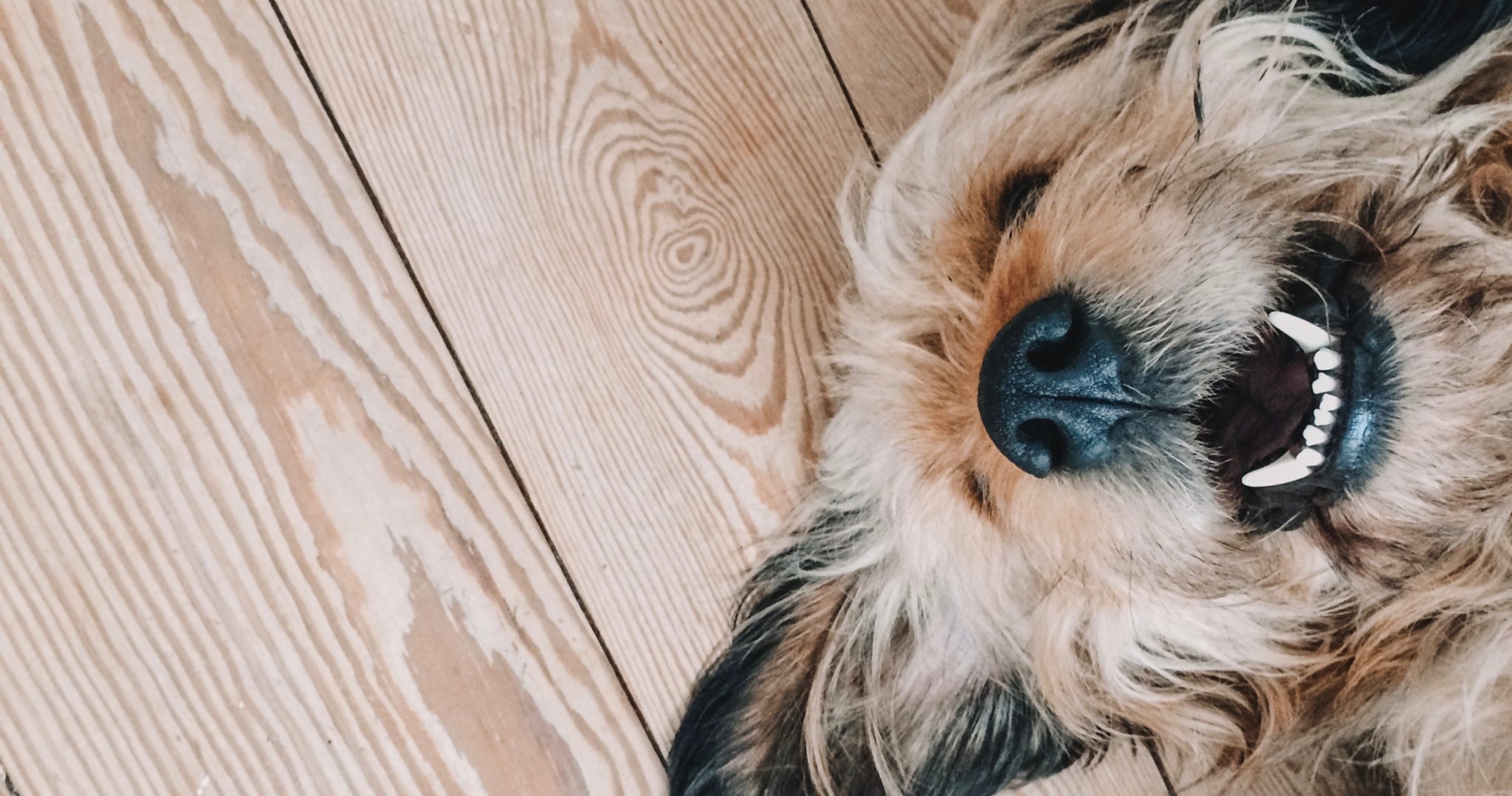

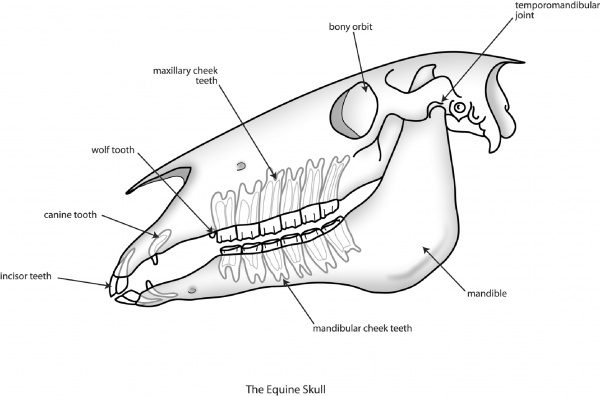


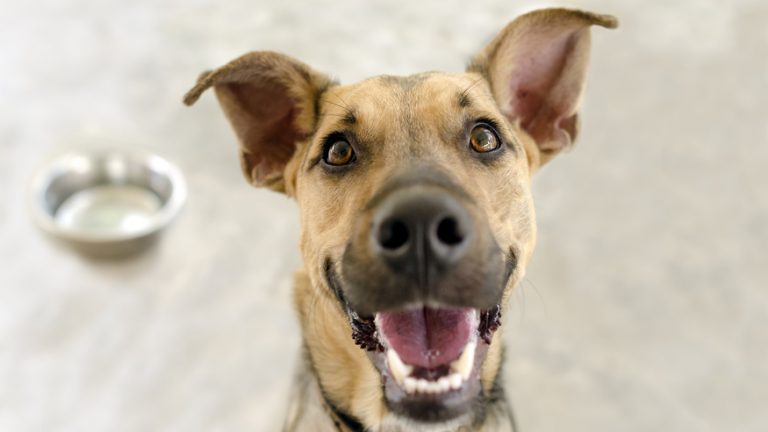
/GettyImages-505258766-6fd6d6aa540e49fbb1f1d5224d271de0.jpg)



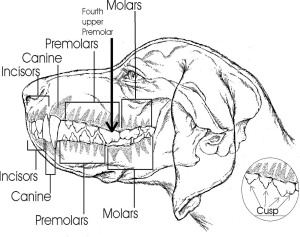
:max_bytes(150000):strip_icc()/GettyImages-505258938-10fa47d5c5cd456db86e17dfe9dacb05.jpg)

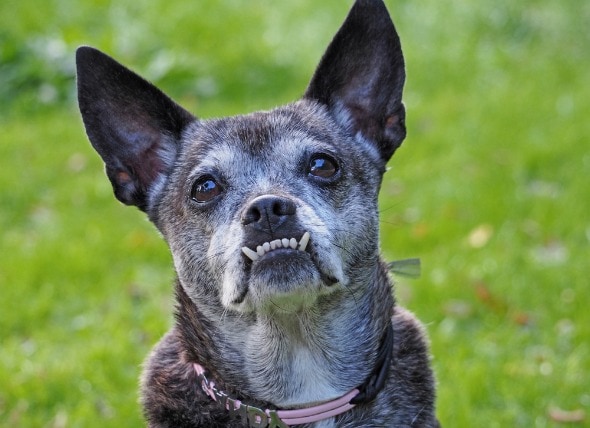


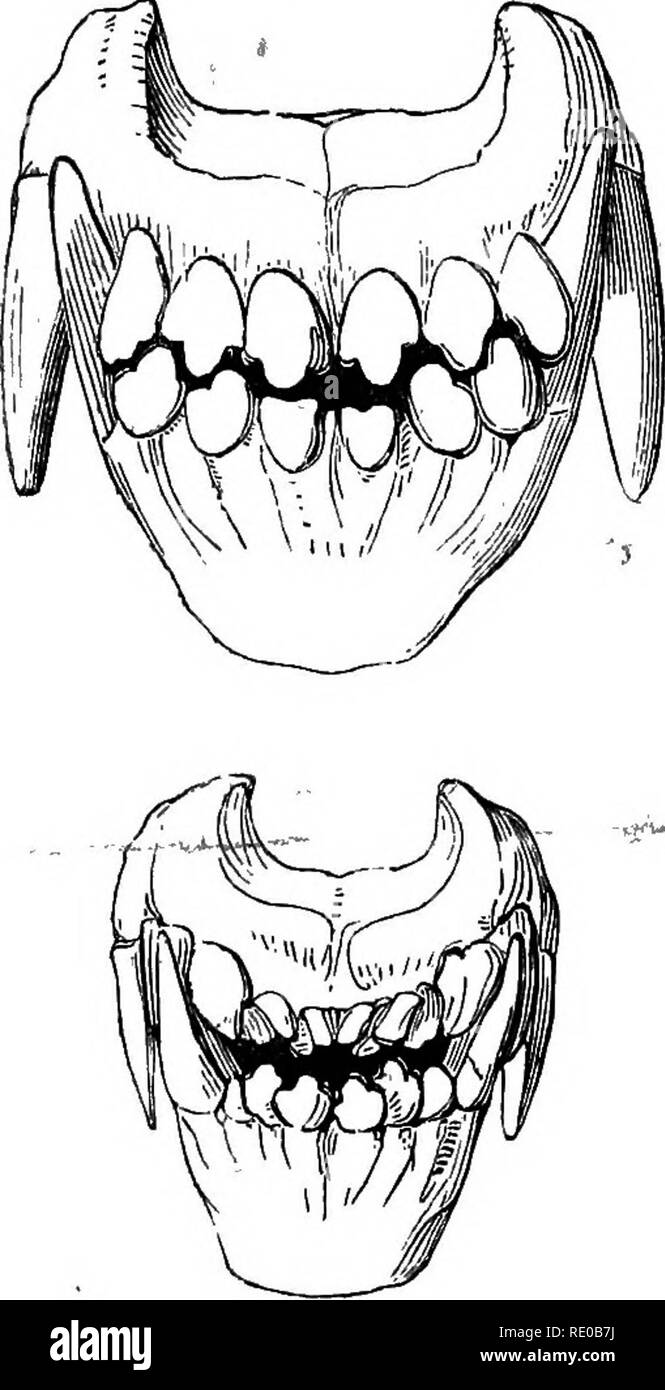
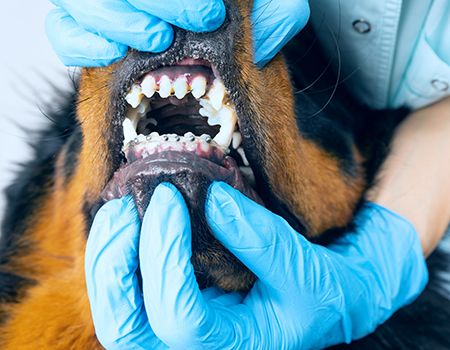

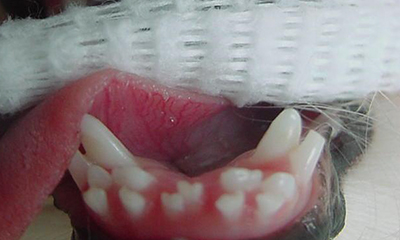



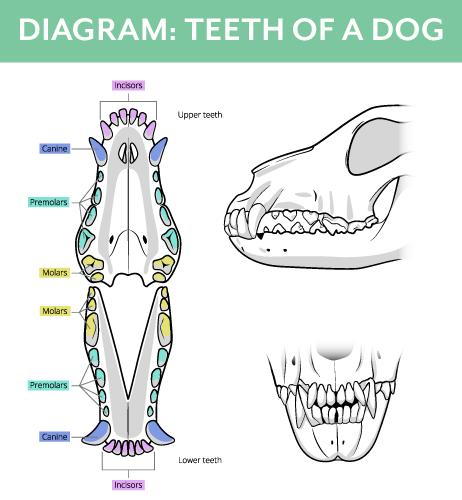



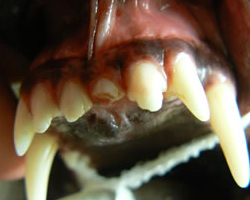
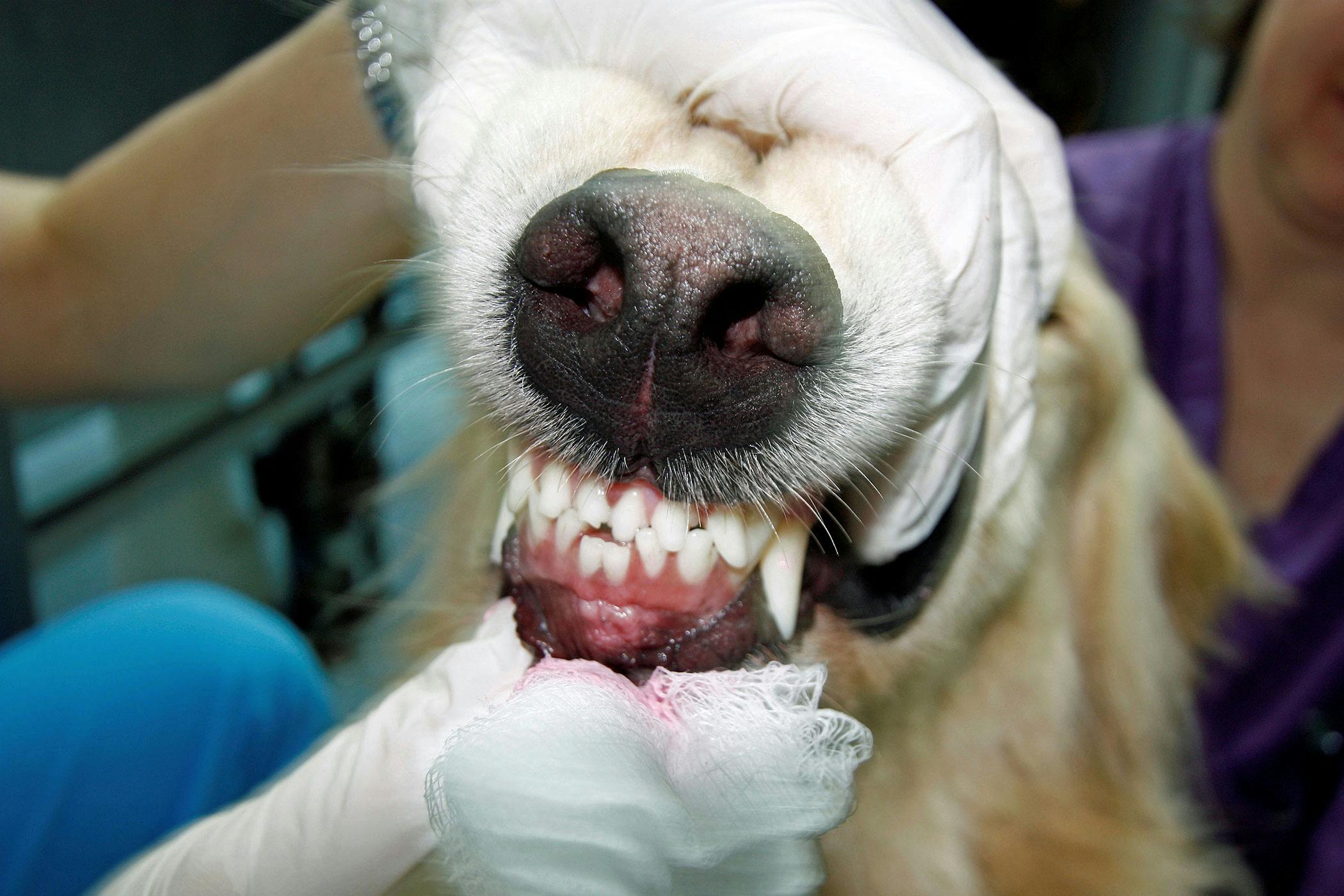
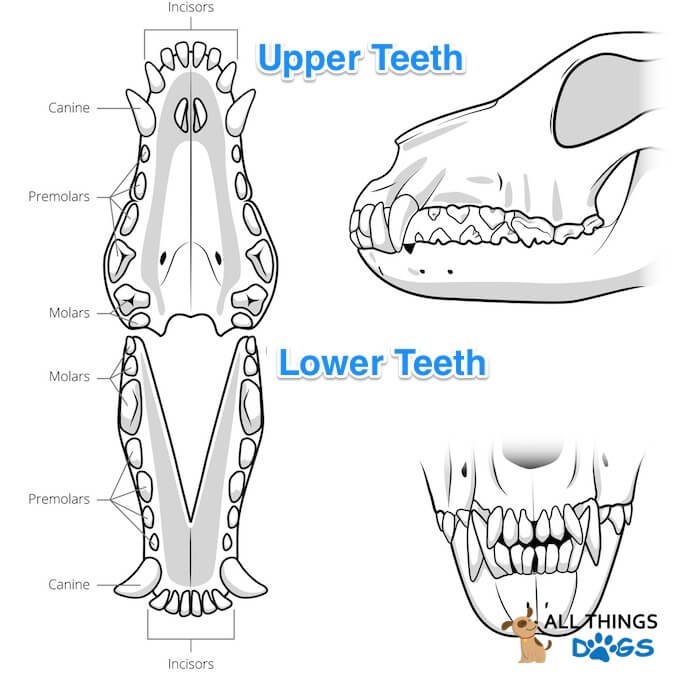

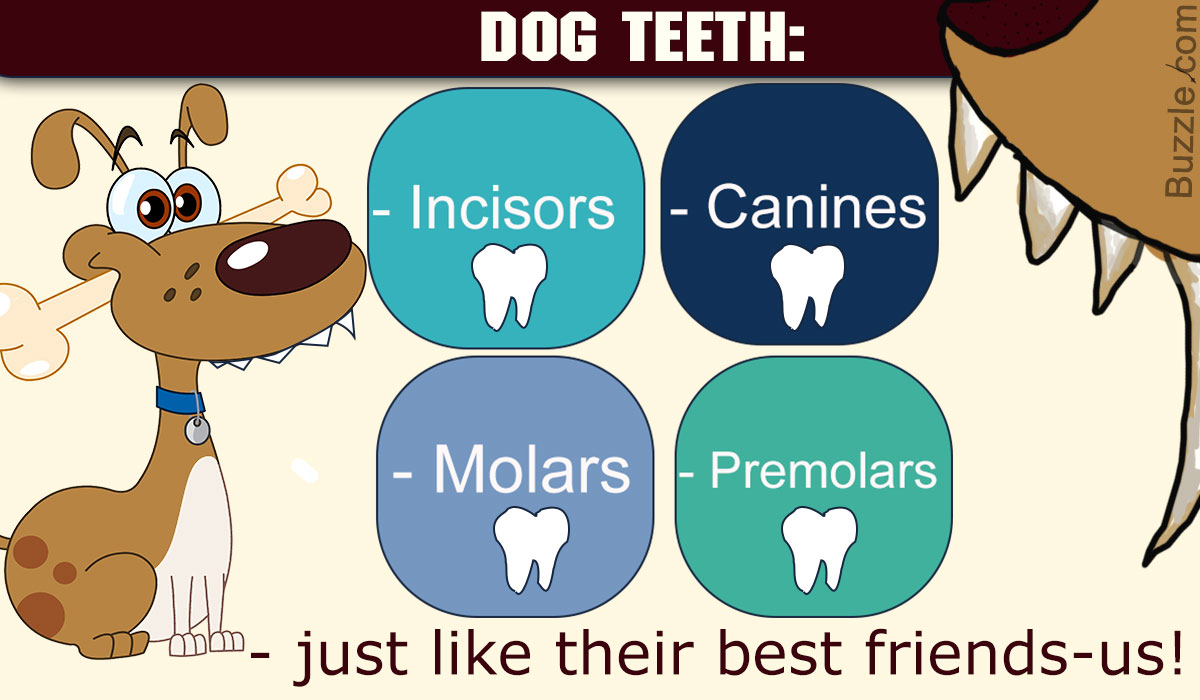

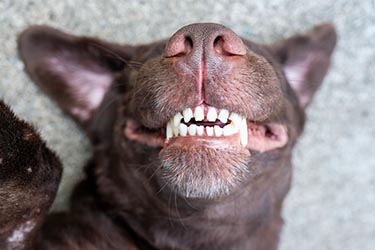




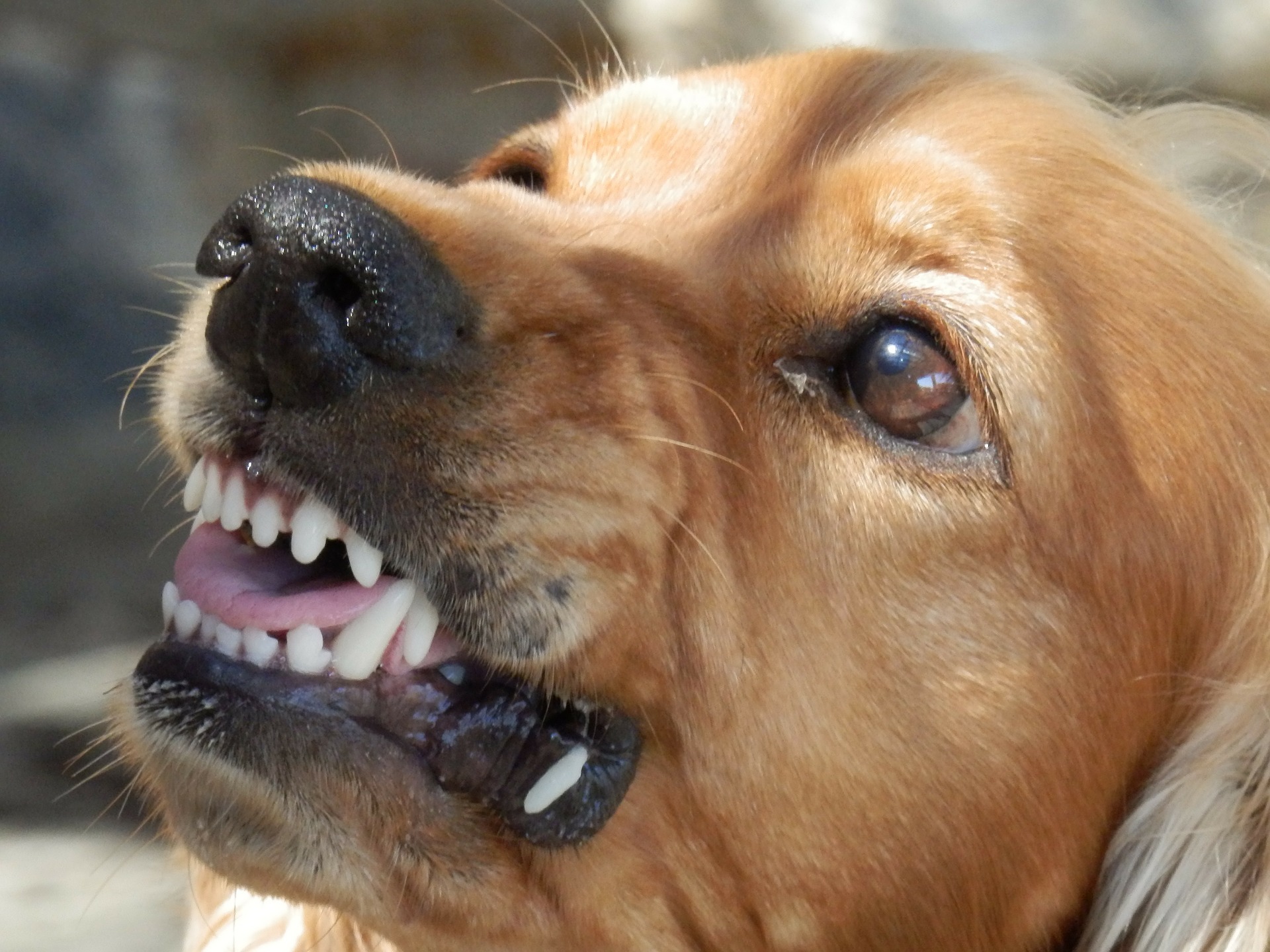
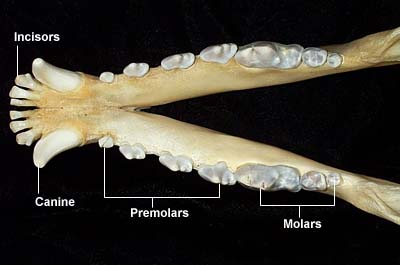


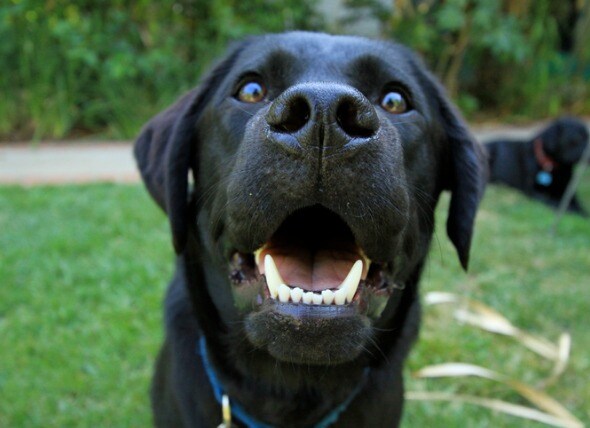
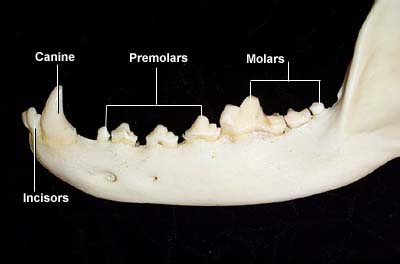
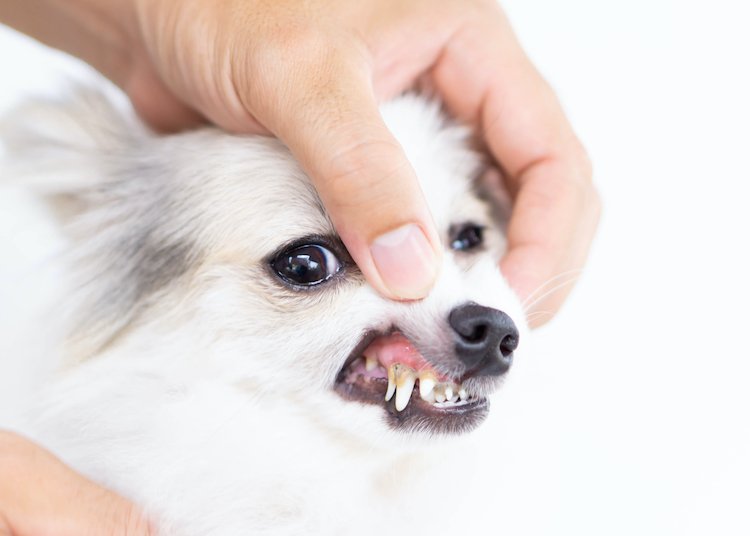


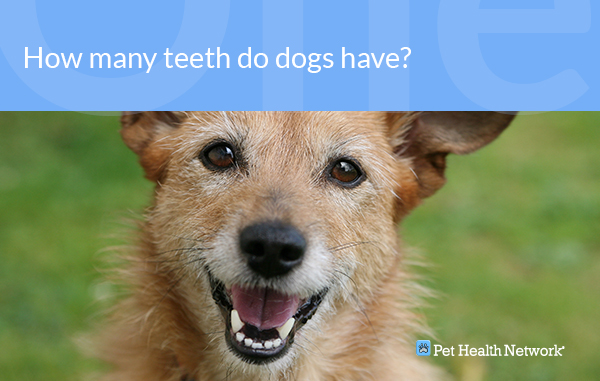

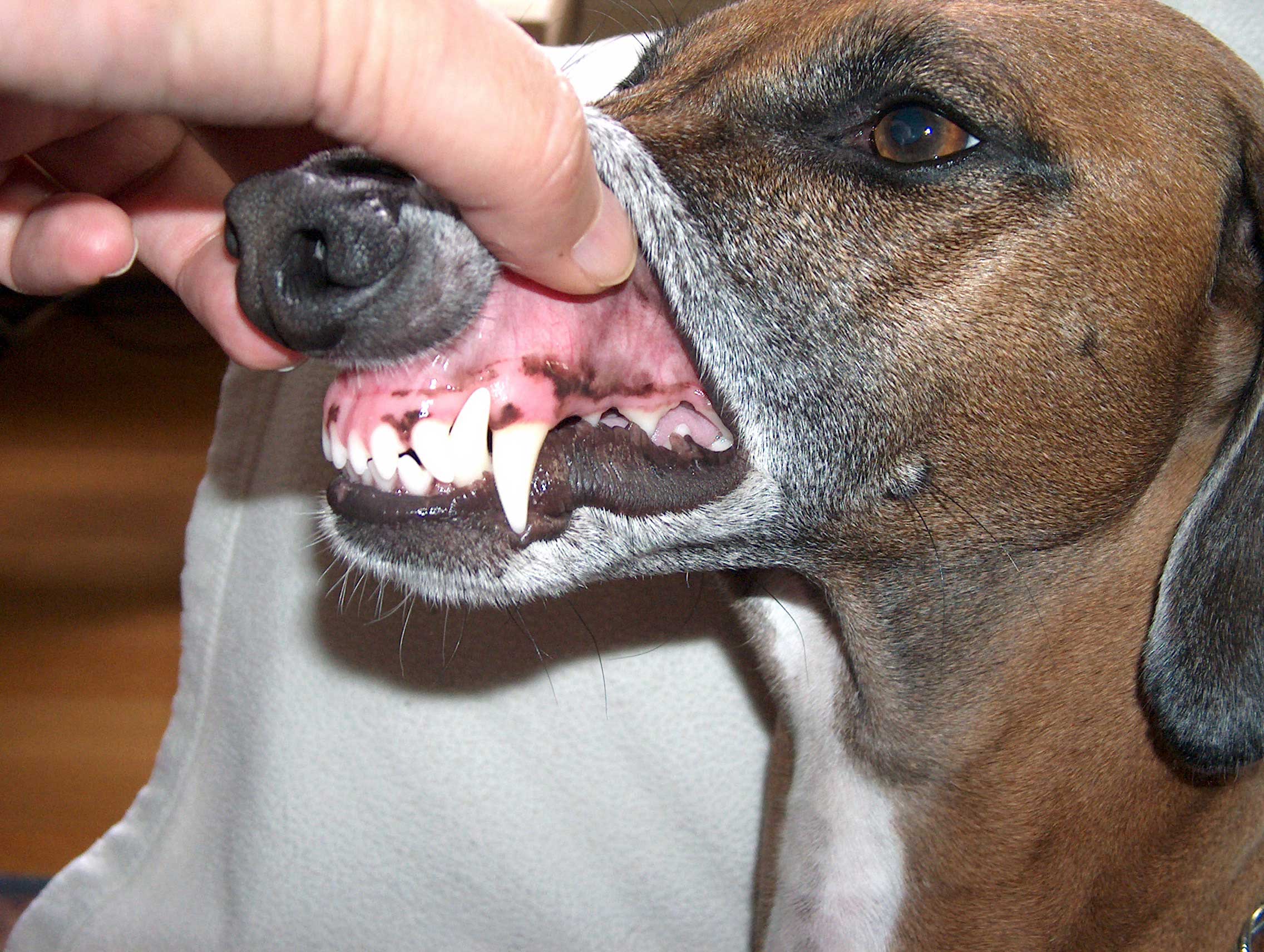



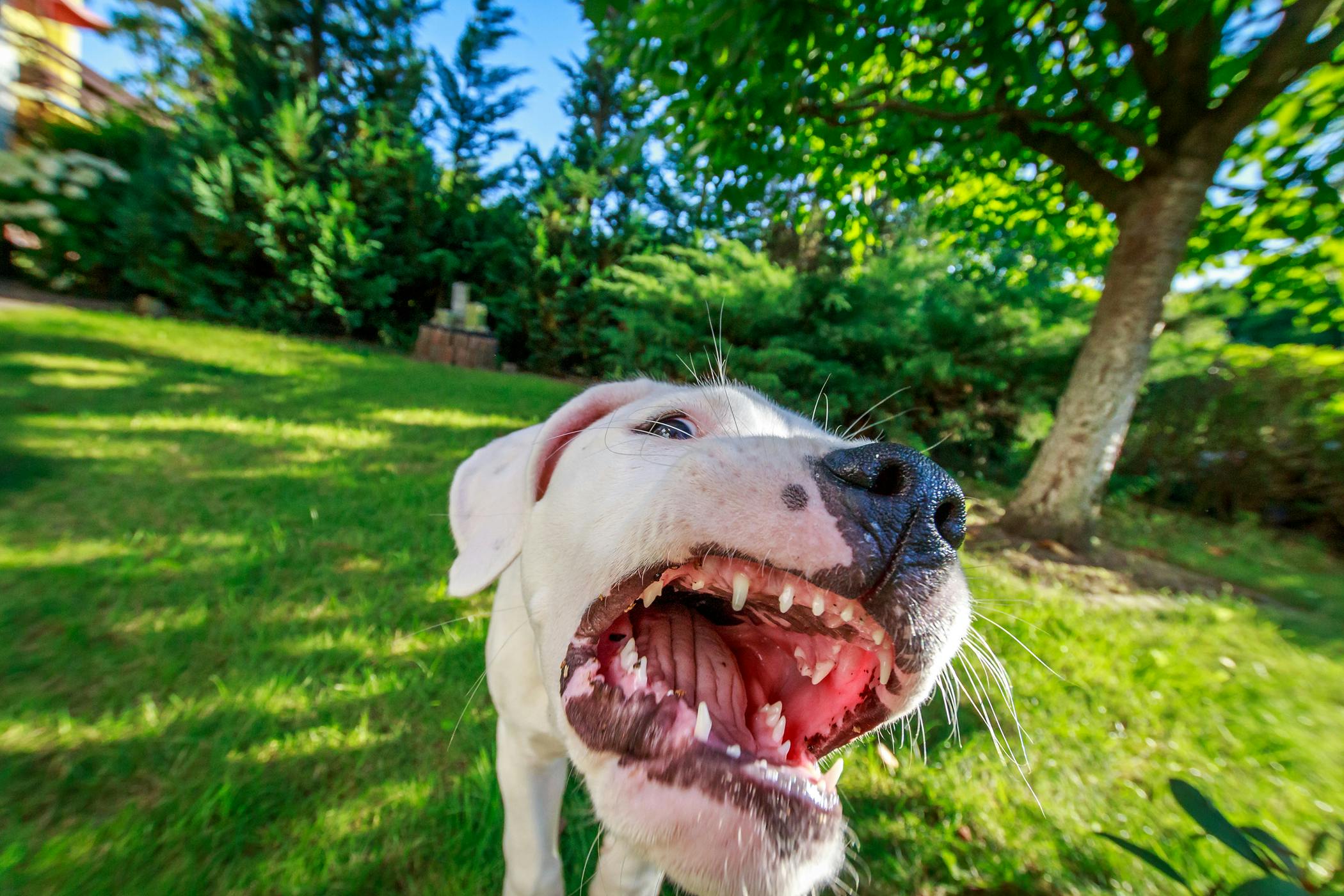











/SPR_2804965_puppy-teething-5aea1e143128340037636a47.png)










